Historical scale
The restoration of Keith Haring’s 1987 computer drawings proposes a new standard for using the blockchain to store and authenticate historical digital art.
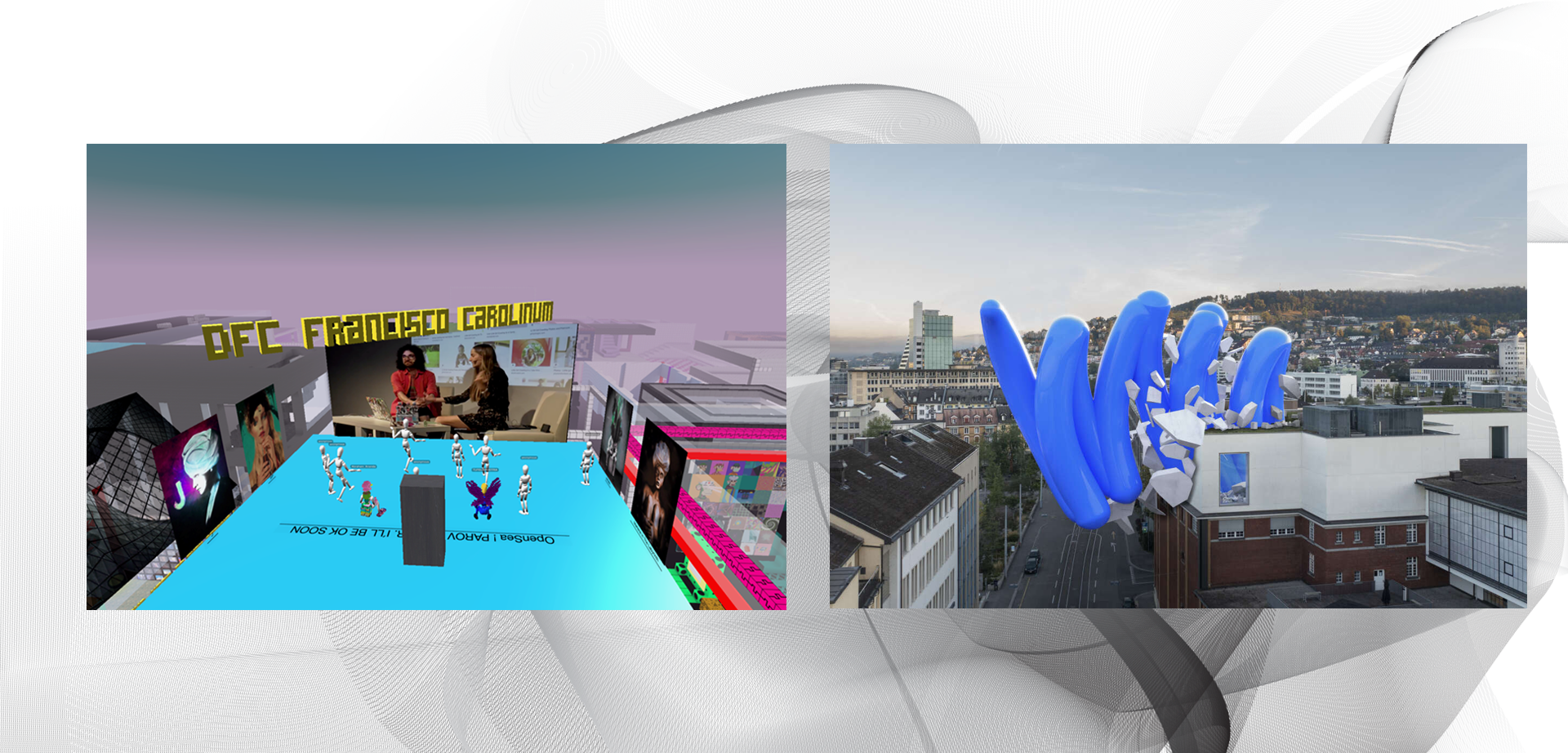
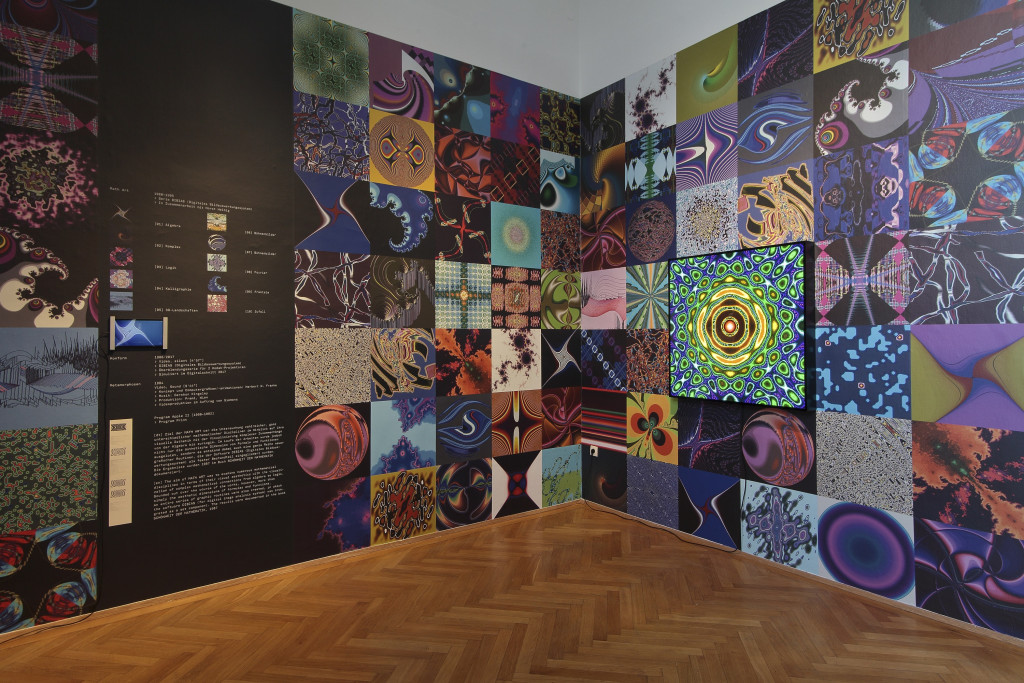
On a panel at the 2021 edition of NFT.NYC, Marina Isgro, curator of media and performance art at the Hirshhorn Museum in Washington, D.C., said that NFTs aren’t attractive to museums. As tools for facilitating transactions, she argued, they’re made for the market, whereas museums hold works in perpetuity and therefore need technologies of preservation rather than technologies of exchange. For some time this seemed to be the conventional wisdom among museum professionals. Then things changed. Institutions embraced NFTs for fundraising and outreach, and lately rumors have been swirling about NFT purchases by major museums—though, given the deliberate nature of museum acquisitions, the details probably won’t come to light for some months still. In any case, the integration of the NFT market and the institutional art world is well under way. What changed? Why? Outland invited a group of art professionals to reflect on shifting perceptions of NFTs in the art world, and how they have encouraged or adapted to them, and what most surprised them. For more reflections on 2022, see our survey of artists.
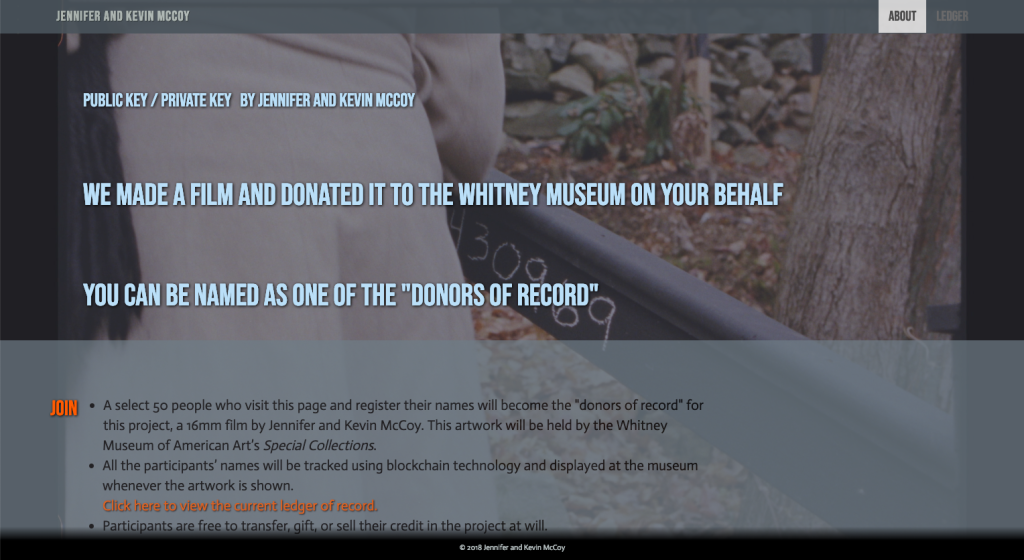
This year I have been assisting in acquiring art involving NFTs for the Whitney Museum’s collection, and making necessary revisions to acquisition paperwork in order to do so. I have given talks on NFTs for the museum’s curators, patrons, and trustees, and organized a web3-focused roundtable with artists in the collection. I’ve also published articles on NFT art and participated in numerous panels and podcasts on the topic, working with outlets like RightClickSave, Art Blocks, Tezos, and Art Republic.
I’ve been undertaking these projects since 2019 and already did numerous NFT-related events in 2021. There were no changes in resources, support, or my attitudes. The major change since spring 2021 has been that colleagues in the museum and the art world at large are paying more attention to the digital world than they did before. The increasing integration of NFTs into the mainstream art world has been the biggest change. While it wasn’t a major surprise, this integration happened faster than I would have expected.
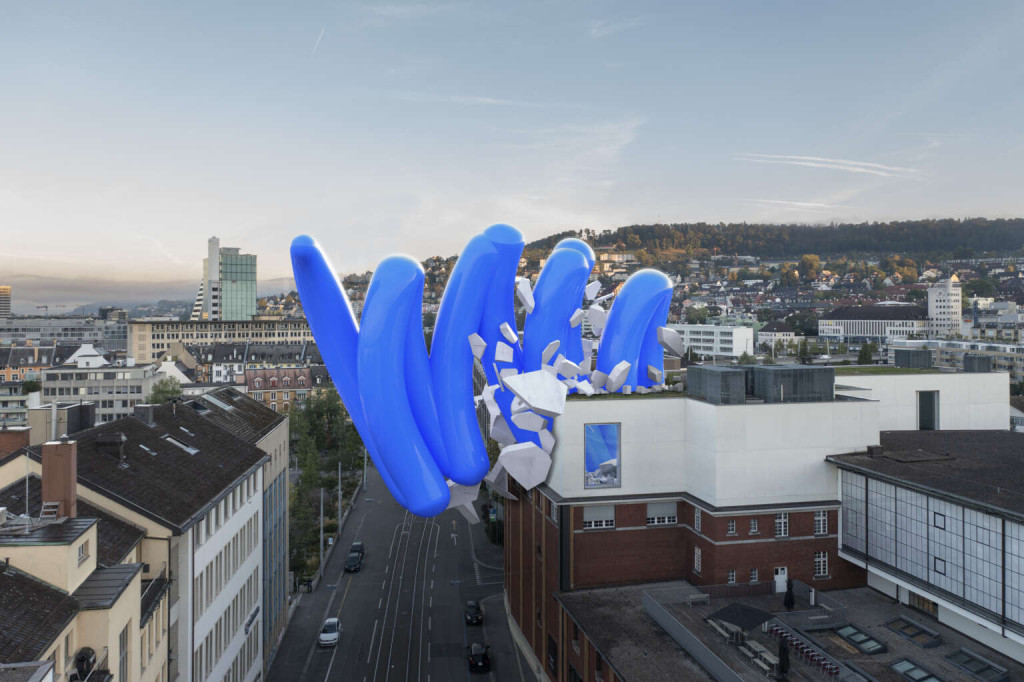
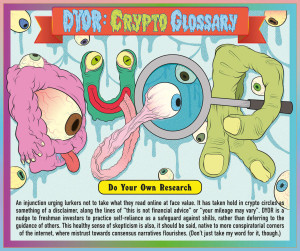
I opened a gallery for art in the digital age in 2016, but it closed in 2020. As a result of Covid, more and more institutions have been looking for advice in the digital field, so I became a consultant and then a curator. Kunsthalle Zürich, a nonprofit institution for contemporary art, felt there was a lot of noise around NFTs in the art world and got curious. I organized some workshops for the Kunsthalle’s donors and members where we looked at the topic and its historical development. Participants learned how to open digital wallets and practiced buying, selling, creating, and burning NFTs. The Kunsthalle and its community wanted there to be an exhibition, so I organized “DYOR,” which stands for “do your own research.” It was an invitation for the art world to come to Kunsthalle Zürich and learn. The show is open through January 15.
A lot of people were surprised that NFTs are such a rich world. They’re familiar with Punks and Apes and, to some extent, generative art. But the variety of work in “DYOR” is very broad. There are two groups of people you want to make happy. There are the art lovers who visit institutions like Kunsthalle Zürich who need to feel like they have access to some new ideas. Then there are the artists, who should be satisfied with how their work is presented. With “DYOR” both groups seemed satisfied. I’m hoping to find other museums that would host a traveling version of the exhibition. “DYOR” is one of the first shows in the world to offer a comprehensive overview of art in the context of blockchain and NFTs, and it would be great of more people could see it.
This year our lab has built the contracts for Justin Aversano’s Cognition and Thr33som3s’s thr33zi3s collection. We’ve also focused on curation, producing live shows for both Pussy Riot and Latashá during NFT.LA 2022. Currently we’re developing a digital art initiative that the Los Angeles County Museum of Art will present in 2023.
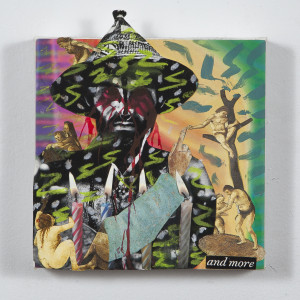
NFTs and web3 have been subject to wild fluctuations, not only in terms of markets, but also in aesthetic and cultural dialogues. The traditional art world was highly critical of NFTs at first, partly because of the environmental impact of proof-of-work blockchains, but people have had the opportunity to do more research. While I was personally still in learning mode at the end of 2021, Cactoid Labs had already begun working on a number of our upcoming projects. Because museums are research-based institutions that move more slowly and deliberately, these endeavors are just now coming to light.
I see the NFT as an incredible tool that is radically changing how artists create and produce work, how they interact with other artists and collectors, and how they market and distribute their work. While there are many concerning issues on the horizon—first and foremost, the role that corporate and centralized exchanges will play in web3—I view any tool that gives more power to artists as a net plus. Our collective mission should be to fight for an open, decentralized metaverse.
Over the last year, we have seen a number of important institutions—platforms like Outland, RightClickSave and VerticalCrypto Art, and galleries like Gazelli Art House, Unit London, Vellum LA, and Superchief—prove how important critical scholarship and IRL physical support are to this movement. I view this all collectively as hugely significant in terms of building broad support for digital art.
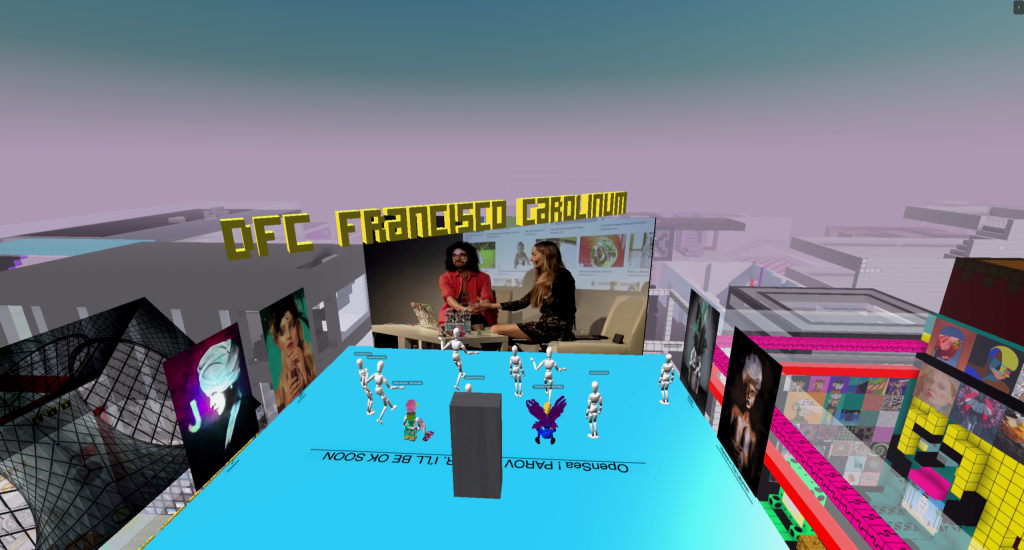
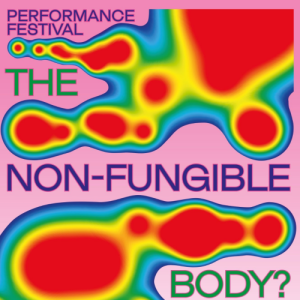
The Francisco Carolinum has presented several exhibitions and programs about NFTs over the last two years, starting with “Proof of Art: A Short History of NFTs,” the first museum exhibition on the topic, in spring of 2021. Since then we’ve exhibited Gretchen Andrew’s “Trust Boundary,” Guido Kuzco’s “The Alchemist Epitaph,” and Herbert W. Franke’s “Visionary.” “Meta.Space,” a group show about virtual land, is on view through January 8. This year we also hosted “The Non-Fungible Body,” a performance festival about art and the blockchain, and “Art NFT Linz,” an exhibition and talk series organized by Anika Meier. In tandem we’ve held several exhibitions at the virtual Francisco Carolinum in Cryptovoxels.
My colleagues have learned a bit more about NFTs in this time. More and more, web3 is becoming an important topic in our society. But I have not noticed a particularly big change in the environment for tokenized digital art in the last year. Nothing came as a surprise.
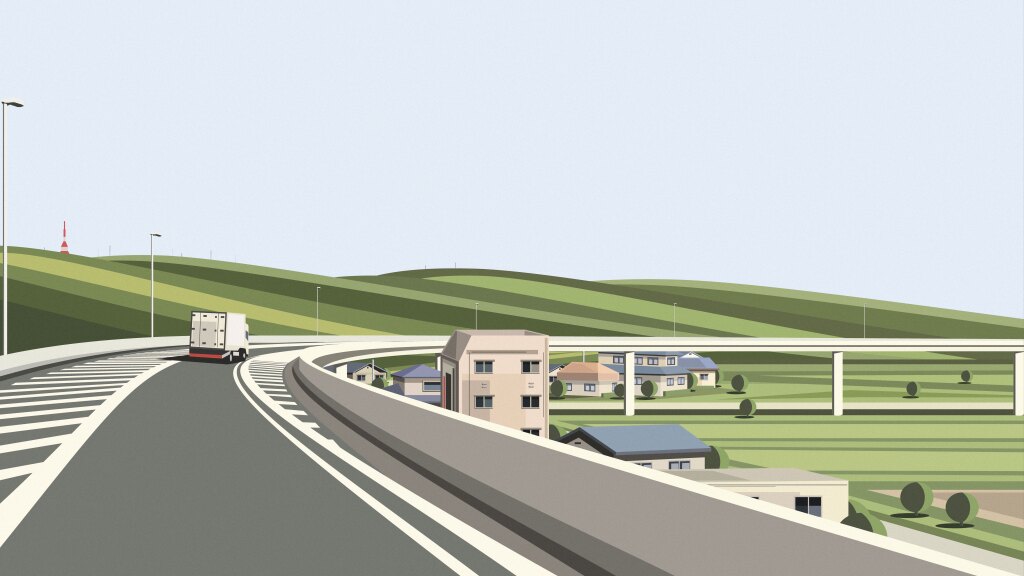
I am currently the curator for the digital section of Art Dubai 2023. I am also working on two exhibitions that will open January 2023 that take NFTs as a starting point. In a writing capacity, I’ve been contributing essays to platforms like Outland. In March 2021 I founded the nonprofit artist collective NFT Asia, and this year we’ve organized exhibitions and showcases in Singapore, Dubai, New York, Bangkok, Tokyo, Hong Kong, and Taiwan. I led the team to partner with Sotheby’s in November for a sale involving Shavonne Wong, Willea Zwey, Grant Yun, and Reuben Wu. We have held numerous artist talks and workshops to support the artists and grow our collective knowledge base as well. With NFT Asia, I focus more on exploring digital collectivism and supporting artists who do not usually have access to traditional art support structures. I have also been supporting the growth of GlimmerDAO, an Asian-focused collectors’ DAO. In 2021, I was quite fortunate to have been given opportunities to experiment and explore what can be built in this space. But in 2022, especially in these recent months, I have seen more support for digital art in Asia.
A year ago I was having more conversations with people around me about NFTs and web3, whereas now I am having more conversations with people within web3. Many artists and collectors who have been active in the art NFT space for over a year now have taken the bear market as an opportunity to dive into art history, to develop a deeper relationship with different mediums and movements, and to consider what role they can play to further the ecosystem. Many of our conversations last year were about just how fast things moved in the space (and this is still true), but I think now there is more room for us to think long-term and develop cultural infrastructure.
At the end of 2021, there was more interest from new collectors, as the NFT subject was more top of mind. I would say the number of interested collectors has decreased since then but the quality of their reasons for collecting has increased. Many people wanted to “start an NFT collection” at the end of 2021 without knowing what that meant or what they liked. Now people come in with a more informed opinion or an angle for starting a collection. My attitude has been the same since I started LAL ART in 2018: be flexible, because the crypto market changes constantly. To survive, you need to adapt to new market conditions, technical solutions, and art types. It’s exhausting but exciting.
People finally understand that NFTs are not just one thing. The word NFT sort of disappeared from all the exhibitions around Miami during Art Basel Miami Beach this year, which is a good thing: lead with art, not with the technology. But because of the bear market it’s harder for crypto artists to live off their art than last year. Even if they have the tools available to do it all themselves, they need support. Some have turned to representation with galleries or agents to further their careers. I believe we can improve that model and adapt it to the needs of the web3 ecosystem. This is the most exciting kind of discussion I’ve been having, compared to last year when everything was selling fast in the hyped market.
I am bullish on NFTs—we all drink the Kool-Aid—but realistic that adoption will be slow. I hope that we can encourage discussions between the crypto art market and the more “traditional” art market in both directions, not just about getting more crypto art into more traditional institutions (galleries, art fairs, museums) but also about how we can improve things with new web3 mechanisms rather than replicate the art market on the blockchain. For this, we need bi-directional discussions with an open and positive attitude. Let’s see what happens!
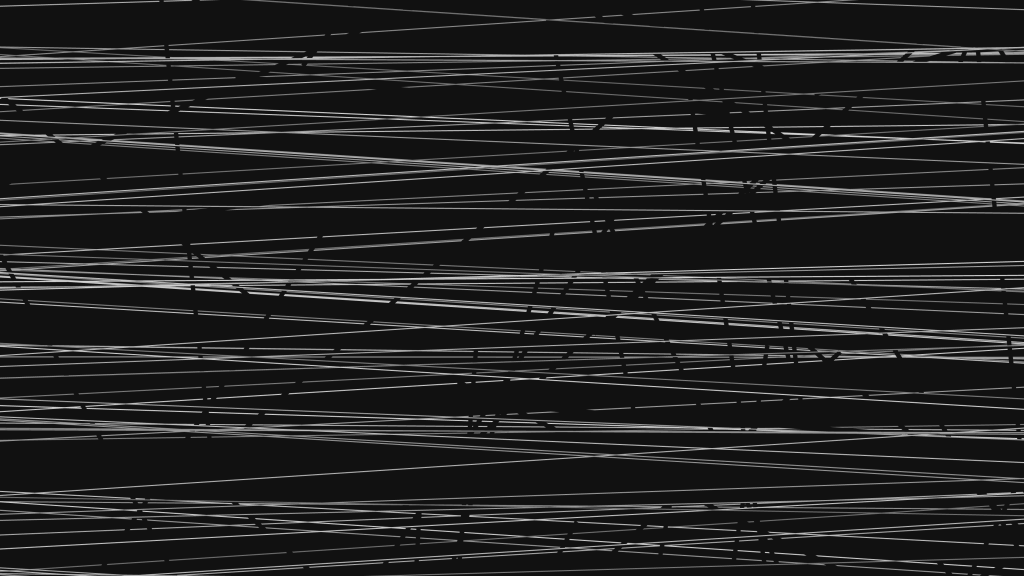
This year I curated “Peer to Peer,” the first US museum survey of artists engaged with blockchain technologies, for the Buffalo AKG Art Museum, in partnership with Feral File. I don’t think I could have done something similar a year ago. First of all, it takes time to organize museum exhibitions of this scale. Even this project came together quickly, by most museum standards—some exhibitions take a decade or more to organize! But we also needed the conversation to mature to the point where we could get past the knee-jerk reactionary thinking (on all sides) and have a more nuanced conversation about what the art emerging from this new space is actually doing and how it relates to the ongoing history of art.
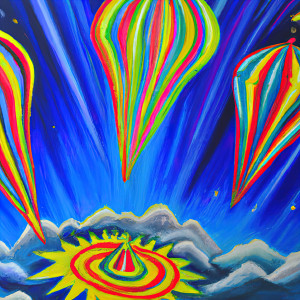
NFTs are basically a means for transferring symbolic ownership of reproducible digital assets (which in many cases are neither necessary nor sufficient for transferring legal ownership of those assets). As a curator who works with digital art, I’m particularly interested in how NFTs might be used as a creative medium or, more broadly, how they might transform how we transact on and off the internet—but if and when they reach widespread adoption, I think we will be calling them more generic and anodyne things like “digital receipts” or “digital souvenirs.” I’ve seen enough hype cycles for digital art in the contemporary art world (such as those for VR in 2016 and AR in 2017) that it wouldn’t have surprised me if digital art had once again more or less disappeared from the landscape in 2022. If anything, I’m surprised that the discourse around NFTs has had this much staying power. As far as the market goes, Pace has continued to embrace NFTs; we also saw major organizations like Artists Rights Society and even Art Basel itself getting into the game, debuting their own blockchain-based sales platforms. I don’t know how much of this is credited to the excitement for digital art created by NFTs, but it was heartening to see plenty of digital art at the Armory Show in September, and to hear that historical digital artists like Harold Cohen are finding gallery representation. Just as importantly, major institutions like The Modern in Fort Worth and the Los Angeles County Museum of Art are opening art and technology surveys this spring. These shows have been in the works for years, and have nothing to do with the recent interest in NFTs, which makes me believe we might be at an inflection point, and that digital art will become more and more a part of mainstream contemporary art in the years to come. Given the aesthetic possibilities and importance of digital technologies, how could that not be the case?
This project was instigated by Sarah Zucker, artist and Outland’s first guest editor, and compiled by Outland editor-in-chief Brian Droitcour.
